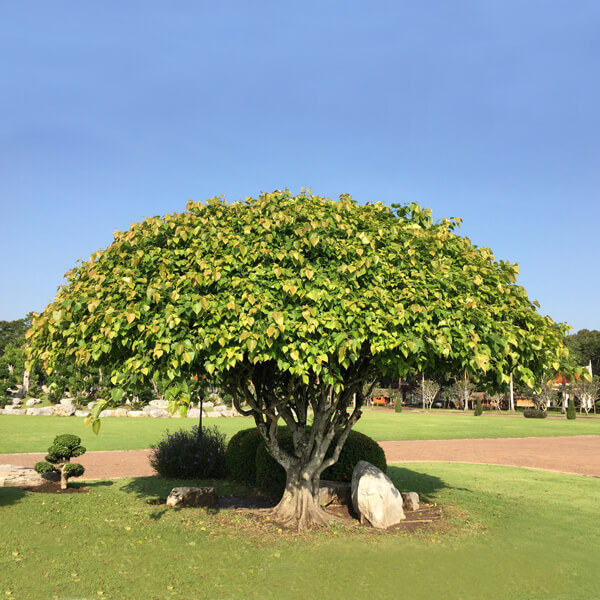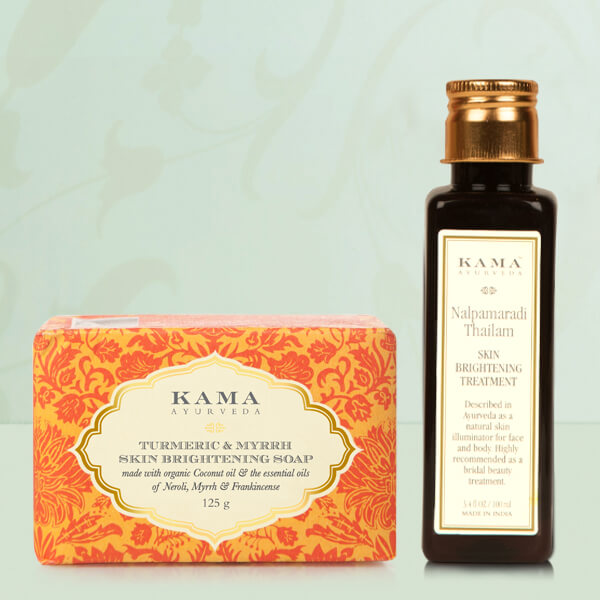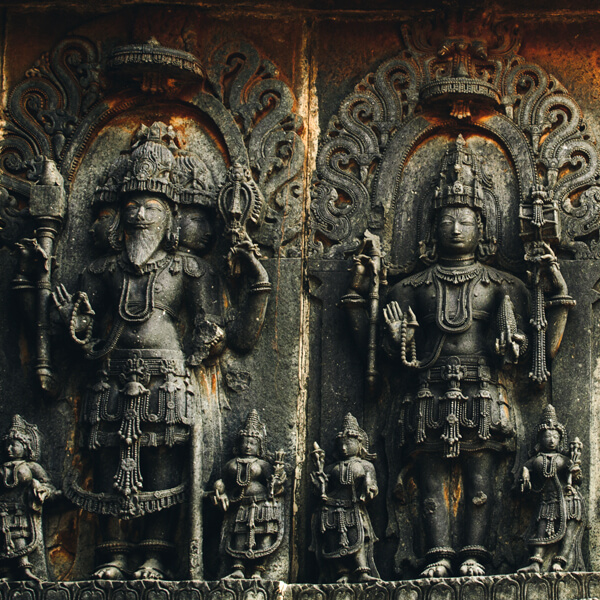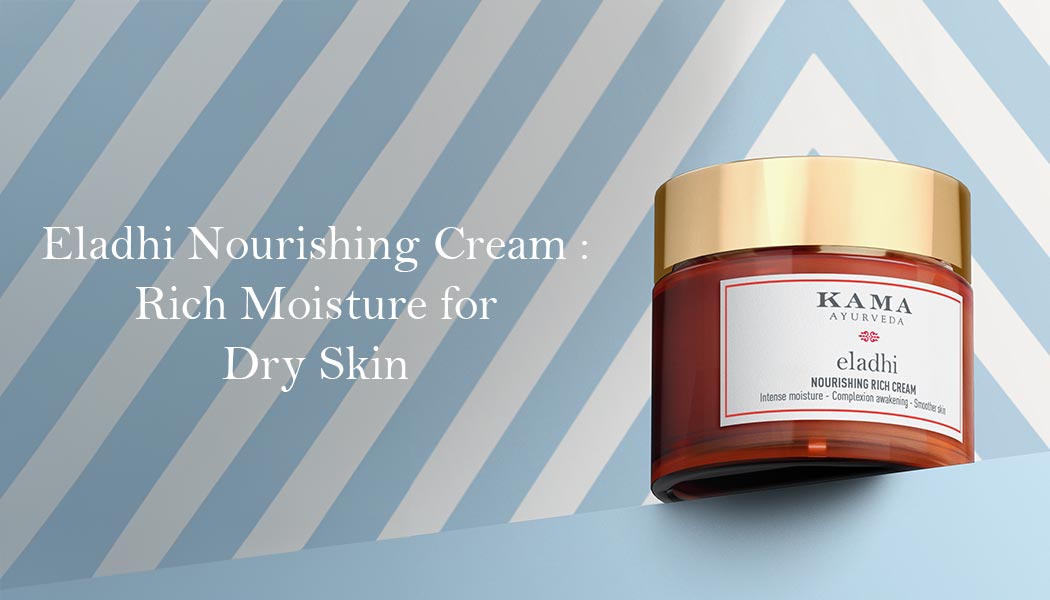- 13 September 2019
- 7 mins read
“I am Ashwattha among all trees...”
- ‘Ballad Divine : Bhagvad Gita, By Dev Bhattacharya
Peepal tree (popularly known as ‘Bodhi Tree’) is considered auspicious in Hinduism, Jainism and Buddhism. Gautam Buddha attained enlightenment under this native deciduous tree of India.
This tree is a symbol of the Universe’s never-ending expanse – indeed, it is revered across the Indian subcontinent, particularly amongst the Hindus, Jains, and Buddhists, as the Tree of Life.

The Peepal is a true ‘Tree of Life’ even in the scientific sense. Unlike other trees, it releases oxygen even at night. According to the science of Ayurveda, every part of Pipal tree is useful for treating numerous health issues and ailments. This tree can cure as many as 50 disorders, including diarrhoea, epilepsy and gastric troubles.
Peepal Tree Benefits and Uses
The Peepal tree possesses a rich tapestry of benefits and uses that span medicinal, cosmetic, and spiritual realms. Let’s explore them in detail -
1. For Asthma
The bark of the Peepal plant and its ripe fruits are helpful for treating asthma. Make a powder of the bark and fruits separately and then mix both of them in equal quantities. Consume this mixture thrice a day for relief from Asthma.
Another way to use a Peepal tree for relief from Asthma is having a powdered form of peepal fruit with water twice a day. Repeat this for 14 days to get relief.
2. For poor appetite
Eating ripe fruits of the Pipal tree is helpful in treating poor appetite and burning sensation in the stomach. Peepal tree fruit is also known as the sacred fig.
3. For stomach pain
Peepal leaf is a magical antidote when it comes to treating stomach ailments. You can make tablets for relief from stomach pain by mixing 2-3 peepal leaves with 50gm of jaggery.
4. For eczema and itching
Did you know that peepal tree bark can be used for preparing tea that is helpful in treating eczema and itching? Not only this, you can even apply the ash from peepal bark leaves to the affected areas to get relief. Just combine 50g of ash from the bark with lemon and ghee to prepare the paste.
5. For a brighter complexion
The powder prepared from peepal tree barks can be used as face packs by combining it with gram flour. This face pack helps in brightening the complexion. The bark from the Peepul tree and Banyan tree are used in a lot of Ayurvedic beauty treatments.

For instance, if your skin is tanned, you can use Ayurvedic skin treatment Nalpamaradi Thailam to remove tan. For its preparation, barks from four different species of Ficus trees are used.
You can even use Kama Ayurveda’s Turmeric and Myrrh Skin Brightening Face and Body Soap. It has figs derived from the peepal tree as one of the key ingredients. These figs are rich in antioxidants and nutrients that are great for the skin.
6. For cracked heels
Simply apply the milk extracted from the Peepal tree or extract of its leaves on the affected areas to cure cracked heels. This will help in softening and healing the cracks.
7. For toothache
Prepare a rinse by boiling Peepal tree bark and Banyan tree bark in equal quantity in water. Use this to rinse your mouth regularly. This will provide you relief from toothache.
8. For eye pain
Extract the milk from peepal tea leaves and apply it on your eyes to cure eye pain.
9. For constipation
Adding peepal tree fruit (the sacred fig) to your daily diet is a great way to get relief from constipation. If you eat 5-10 fig fruit daily, you can solve the problem of constipation permanently.
10. For diarrhea
One of the biggest benefits of the Pipal tree for health is in treating bleeding diarrhea. Create a mixture by taking the soft stem of Peepal tree, coriander seeds and sugar in equal quantity. Have 3-4gms of this mixture twice a day to get relief.
11. For blood purification
A lot of health problems are a result of impurities in the blood. The natural way to purify the blood is by having 1-2 gms seeds of peepal tree with honey.
12. For snake bite
Because of its blood purifying action, the extract of peepal tree leaves can be used to remove the poison from the body system after a snake bite.
13.For heart disease
For treating heart-related issues such as palpitations and cardiac weakness, start drinking an infusion prepared from peepal leaves. To prepare it, infuse leaves in water overnight and distill it in the morning. Drink this infusion thrice a day for the best results.
14. For ear infection
Warm the extract from the Pipal tree leaves and pour 2-3 drops into the ear with the help of cotton wool. This will help in treating ear infection.
15. For impotency
Take half spoon of peepal fruit (sacred fig) powder thrice a day with milk. This will help in treating impotence and provide strength to the body.
Peepal Tree and Mythologies
According to the Skanda Purana, Lord Vishnu the Preserver was born, and resided under the Peepal. He likens himself as Ashwattha; (Sanskrit) or the Peepal (Pipal) tree, in the Bhagavad Gita. The Peepal represents the trinity of Bhrama, Vishnu, and Shiva - the roots being Bhrama, the trunk, Vishnu, and the leaves, Shiva.

There are a lot of myths, superstitions and beliefs associated with the Peepal Tree. It’s a popular belief that watering, worshipping and circling around the Peepal Tree will bring wealth, fame and an abundance of happiness and good luck for any individual. Women are even advised to circumambulate pipal tree to overcome their fertility problems and to pray for a long, healthy life for their husbands.
Peepal Tree and Ayurveda
Ayurveda explains how every part of the sacred fig tree can be used for holistic wellbeing. It works powerfully on Kapha (Water) and Pitta (Fire) Dosha imbalances.
The manner in which various parts of the Peepal eliminate water and phlegm (sweating, therapeutic vomiting, diuretic action, and expectorant effects); as well as heat (skin surface and internal purgation, antipyretic/temperature reduction) has a beneficial and balancing impact on digestive and skin health.

The Peepal leaf is inherently astringent. When heated, it acts as a purgative tonic. Few common uses of peepal leaves are:
- Treating persistent skin itching
- Repairing Dry, cracked heels
- Treating boils, pimples, and blackheads
The bark of the Peeple tree, rich in vitamin K, is an effective complexion corrector and preserver; which makes bark extractions valuable for:
- Strengthening blood capillaries and minimising inflammation
- Healing skin bruises faster, and increasing skin resilience
- Treating pigmentation issues, wrinkles, dark circles
- Lightening surgery and pregnancy marks, scars, and stretch marks.
The nutrient rich peepal leaf and peepal bark help are used as a part of numerous Ayurvedic health remedies. Let’s now explore some powerful Peeple tree uses and benefits for health and beauty.
How to Use Peepal Tree?
The Peepal tree, revered for its significance in various traditions, can also be used in several herbal preparations:
- Powdered Dried Leaves: The leaves can be dried, ground into a fine powder, and consumed.
- Powdered Dried Bark: The bark of the tree can similarly be dried and powdered for use.
- Raw Leaves Juice: Fresh leaves can be crushed to extract their juice.
- Decoction of Bark: A concentrated liquid made by boiling the bark in water can also be consumed.
- Skincare and Haircare Products: Many skincare and haircare products have Peepal as a key ingredient due to its beneficial properties. These products can be used as directed for potential skin and hair benefits.
However, it's vital to exercise caution. Always consult with a qualified doctor before incorporating any herbal supplements into your regimen.
Additionally, never discontinue or replace any ongoing modern medical treatment with an ayurvedic or herbal preparation without first seeking expert advice.
Peepal Tree and Banyan Tree - The Twin Flame
The Peepal is also known as the Sacred Fig, and the peepal botanical name is Ficus religiosa. The familiar and popular Banyan (Ficus benghalensis) is a relative of the Peepal, as are Gular/Dumar (Ficus racemosa), Pukar (Ficus benjamina) and Kamarup (Ficus microcarpa).

The Banyan, or Vata (Sanskrit), and Peepal varieties are treated as Male and Female counterparts of each other, which is why they are often cultivated in close proximity. Banyan has similar uses and is treated as a remedy for:
- Swelling, skin wounds, and excessive sweating
- Uterine strengthening, vaginal diseases, and breast firming in women
- Premature ejaculation in men
For reinvigorating detoxification, freshness, and smoothness from Ficus benghalensis, try Kama’s award-winning Kumkumadi Brightening Ayurvedic Face Scrub, or Kumkumadi Miraculous Beauty Fluid Ayurvedic Night Treatment.
You can build your own skincare routine by these products. The latter is more suited to very dehydrated or pigmented, and mature skin types; though it may be included in late 20’s-early 30’s skincare regimen. For men, we have the Himalayan Almond Deep Cleansing Face Scrub.
References -
- 1. "The Bhagavad Gita - Chapter 10 - The Yoga of Manifestation". Santosha.com.
- 2. "Ficus religiosa — Peepal". Flowers of India
- 3. "Peepul" - Encyclopædia Britannica - Cambridge University Press
Shreya Dalela is a certified Yoga instructor and a professional dancer trained at The Danceworx. She’s passionate about Ayurveda and holistic living with over 6 years of experience in doing extensive research and content creation in the domain.

Certified Ayurvedic Doctor (Central Council of Indian Medicine) working in Kama Ayurveda as an Assistant Training Manager.










